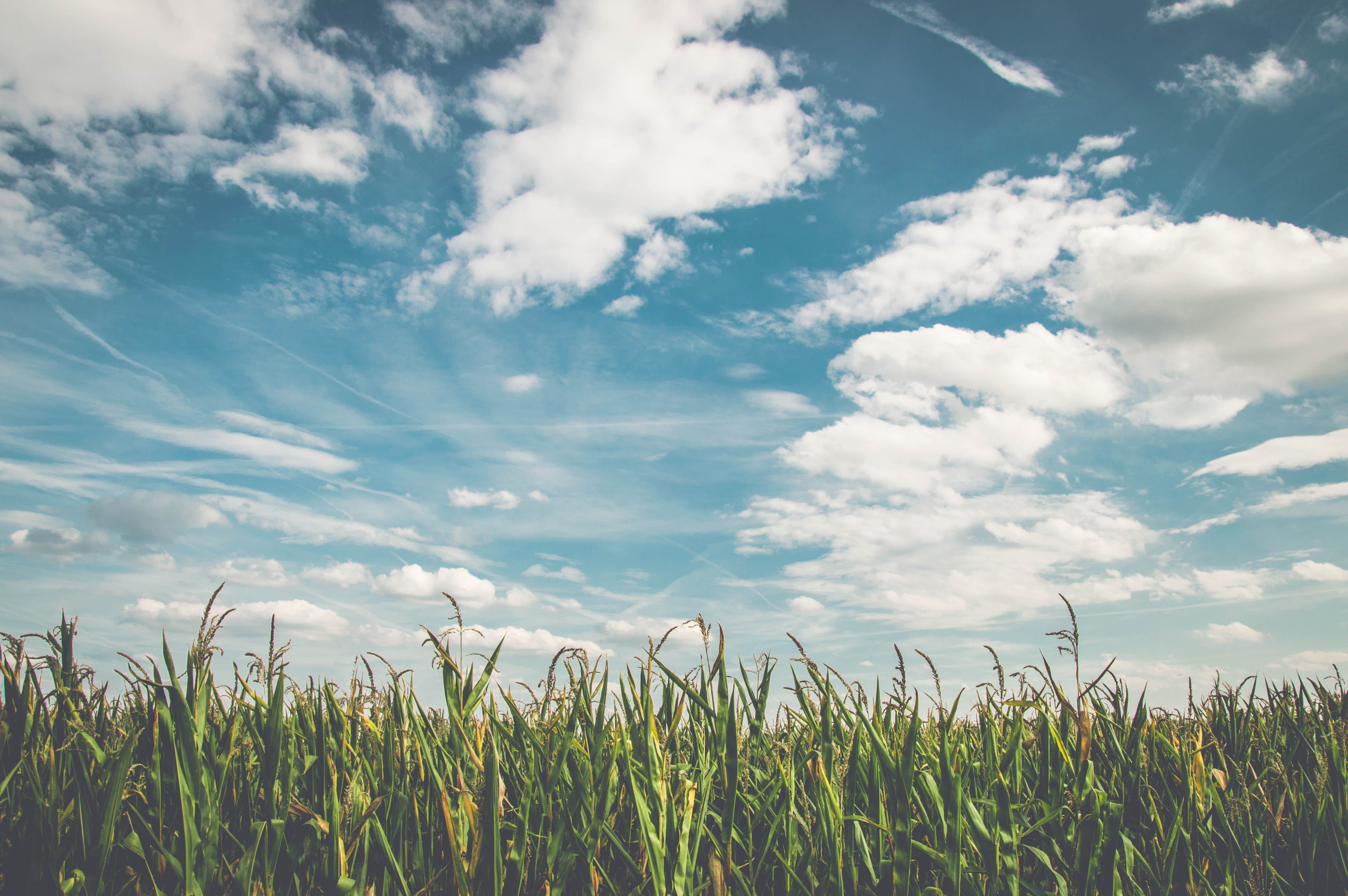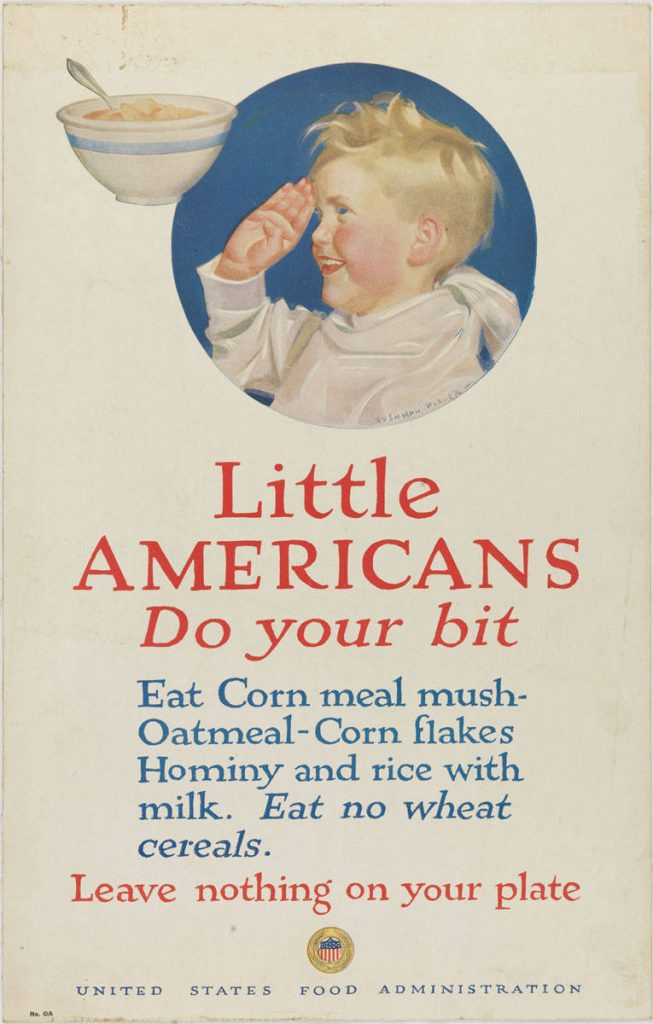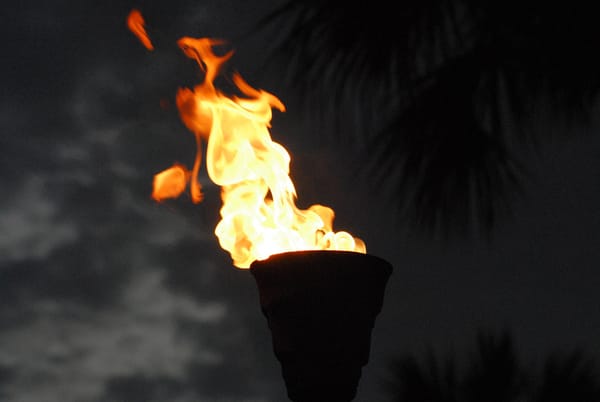What's For Breakfast?
In which I spoil a nursery rhyme, cite Ben Franklin, and offer a recipe for applesauce corn muffins
Do you know the muffin man? You know, the one who lives on Drury Lane? If you are familiar with his baked goods (or with Drury Lane, the street that runs along the eastern border of Covent Gardens in London), perhaps you know that he does not peddle blueberry muffins or lemon poppyseed or god forbid those chocolate chip monstrosities that you can buy at Costco. The muffin man doesn’t sell anything reminiscent of the sweet, round, molded quick-breads that Americans (like me) eat for breakfast. Those Drury Lane muffins are more like crumpets — unsweetened, yeast-leavened breads cooked on a griddle: the "English Muffin." Still delicious, of course.
In the US, cookbooks have long contained recipes for both styles of muffin, but after the introduction of leavening agents — particularly sodium bicarbonate in the mid-nineteenth century — the quick-bread variety became more popular than the yeasted alternative — easier, more efficient to make. (Keep in mind this idea of "efficiency." It's going to be a reoccurring theme here.) This became even more the case once "quick mixes" were introduced to the market. Nowadays when you say “muffin,” you probably mean quick-bread. (Or quick-cake.)
Muffins — the yeasted and quick-bread varieties — have traditionally been made with wheat. But corn has always been an important staple in the American diet — one of the "three sisters" of indigenous farming (along with beans and squash). And thus, the corn muffin.

"Pray let me, an American, inform the gentleman, who seems ignorant of the matter, that Indian corn, take it for all in all, is one of the most agreeable and wholesome grains in the world; that its green leaves roasted are a delicacy beyond express; that samp, hominy, succotash, and nokehock, made of it, are so many pleasing varieties; and that Johnny cake or hoecake, hot from the fire, is better than a Yorkshire muffin." — Ben Franklin (cited in Abigail Carroll's Three Squares)
Although Americans have long eaten corn bread and corn cakes, the corn muffin as we think of it today gained popularity only in the early twentieth century, during the first world war, as wheat was shipped to Europe. "Eat corn muffins and win the war," the Food Administration urged.

Applesauce Cornbread Muffins
Yield: 12 muffins
This recipe is based on the raspberry cornbread superhero muffins in Rise and Run. You could certainly add more fruit to it — one cup, fresh or frozen should do the trick. And apologies to my non-American readers. I realize that I should list the weights for the ingredients rather than the US cup-based measurements. But as I'm on the road, I have neither my kitchen scale nor all my pantry items to weight things out for you.
Ingredients:
- 1 1/2 cup corn flour (masa harina)
- 1 1/2 cup almond flour
- 1 tsp baking soda
- 3/4 tsp salt
- 3 eggs
- 2 cup applesauce, unsweetened
- 1/3 cup olive oil
- 1/3 cup honey
- 1/4 cup plain yogurt
Directions:
Preheat oven to 350. Line 12 muffin tins with paper liners.
In a large bowl, combine the flours, soda and salt. In a separate bowl, whisk together the wet ingredients, then add to the dry and stir — or if you're lazy like me, use one bowl: just add the wet ingredients in to the dry and stir to combine.
Scoop the batter into the muffin cups. Bake 25-30 minutes or until a knife inserted into the middle comes out clean. Remove from the muffin tin and cool on a wire rack.





